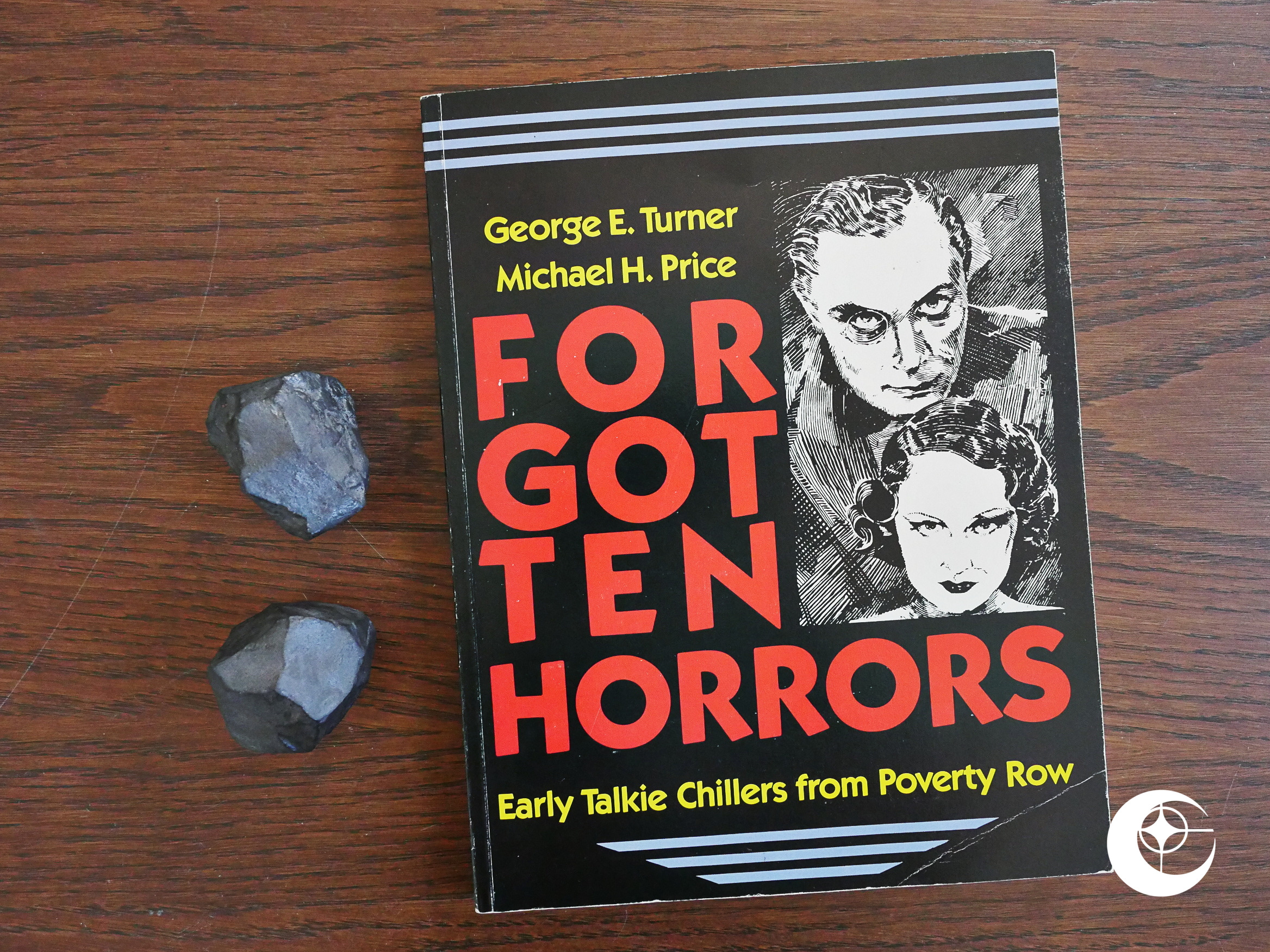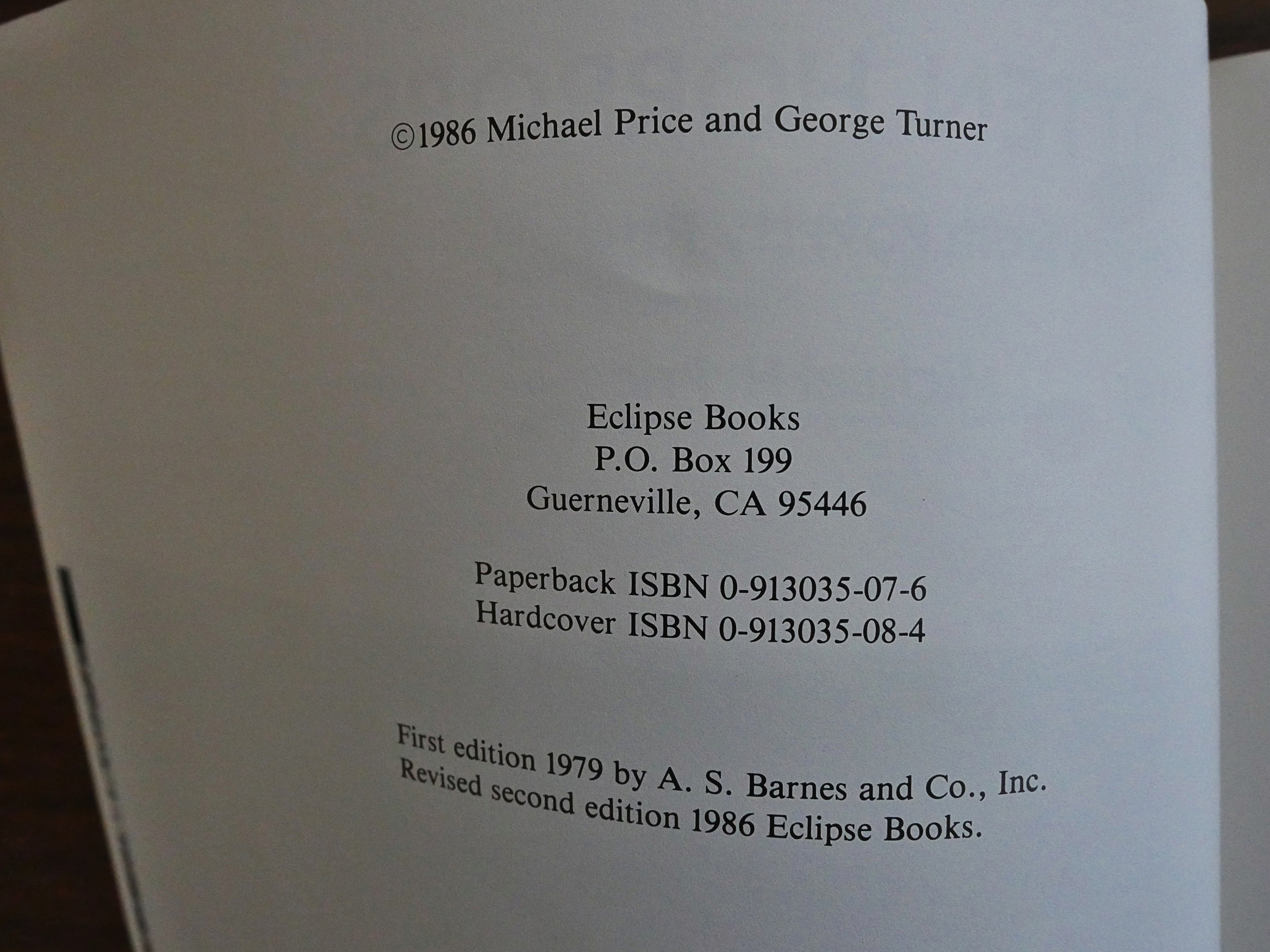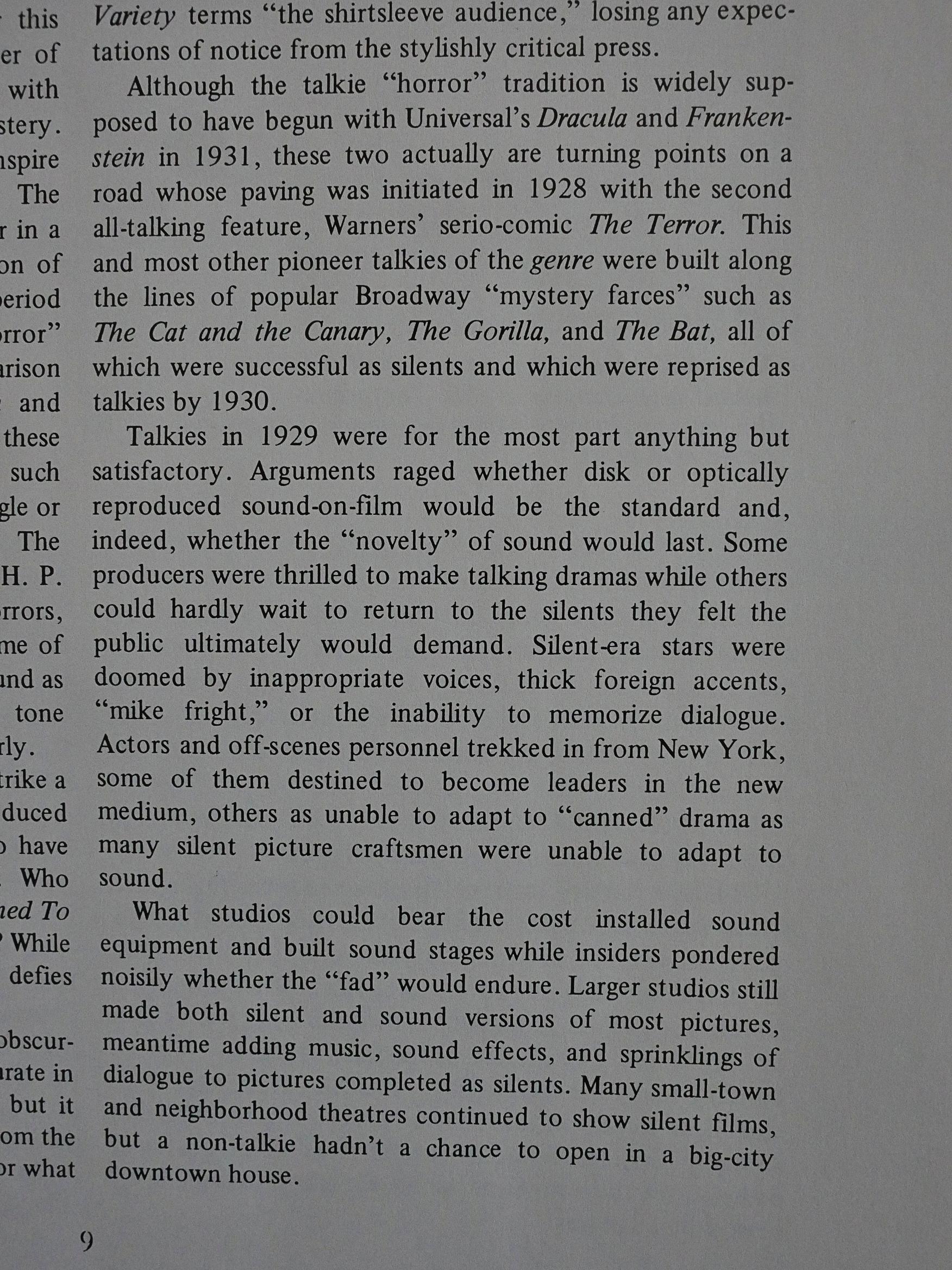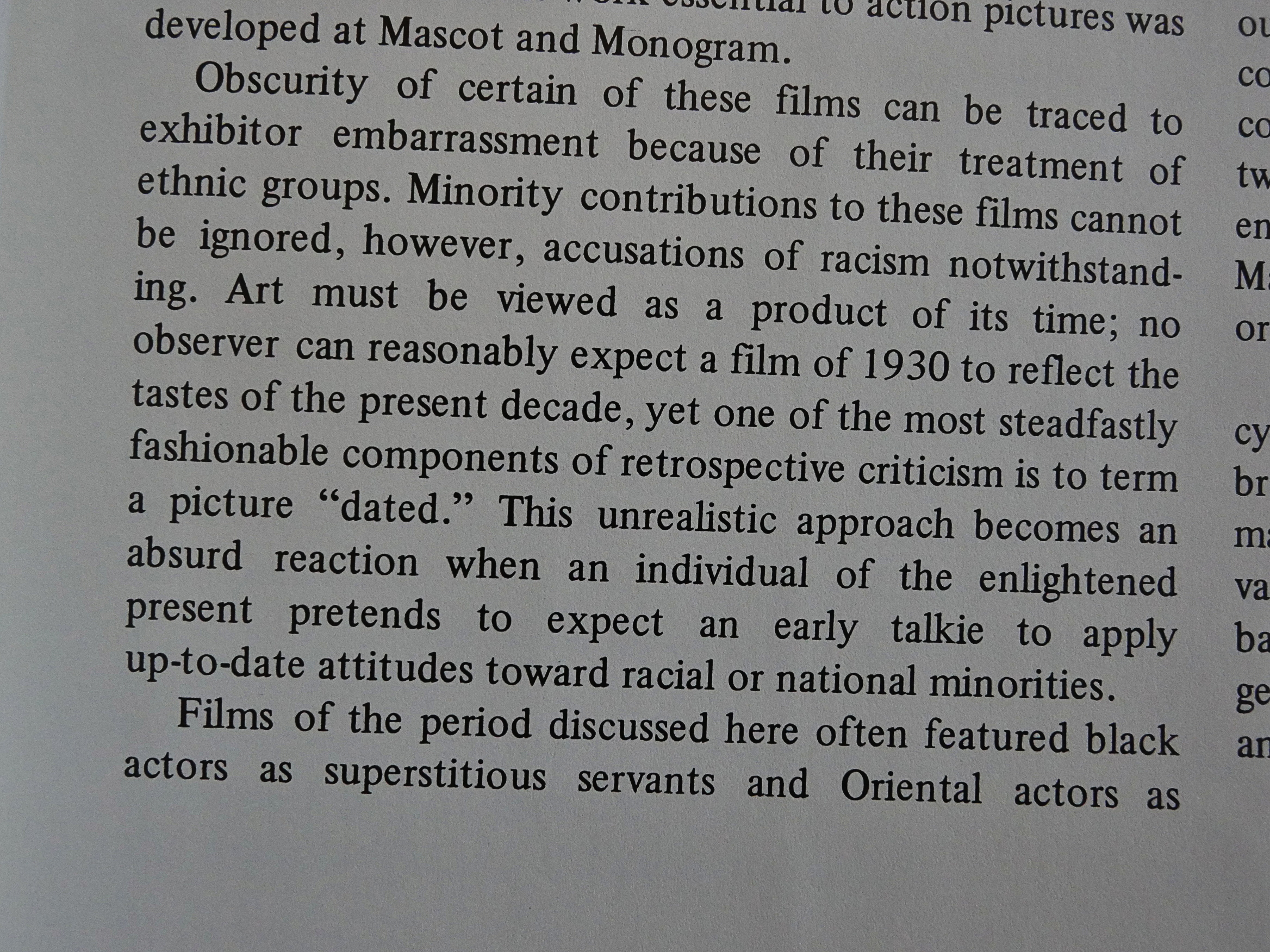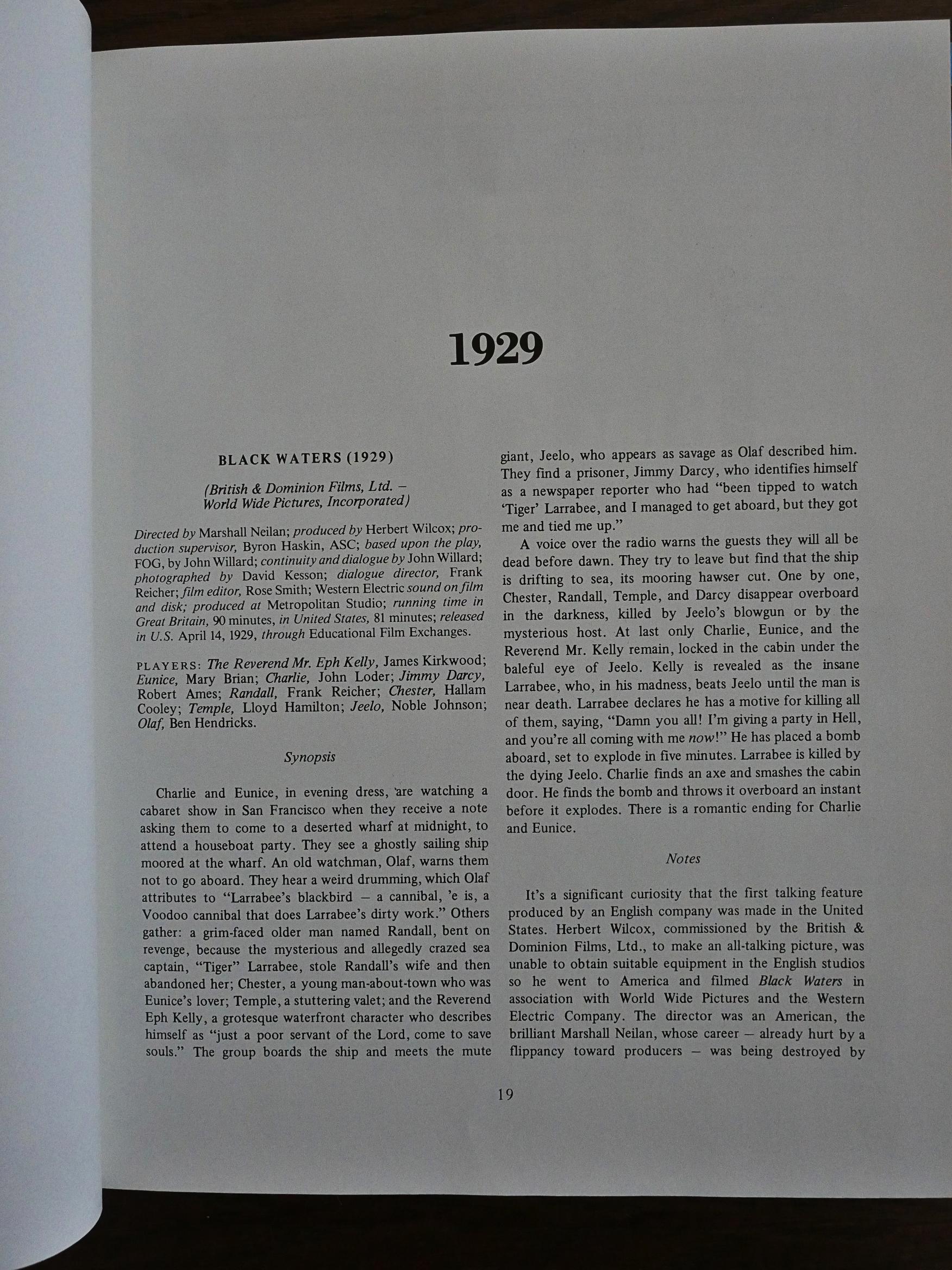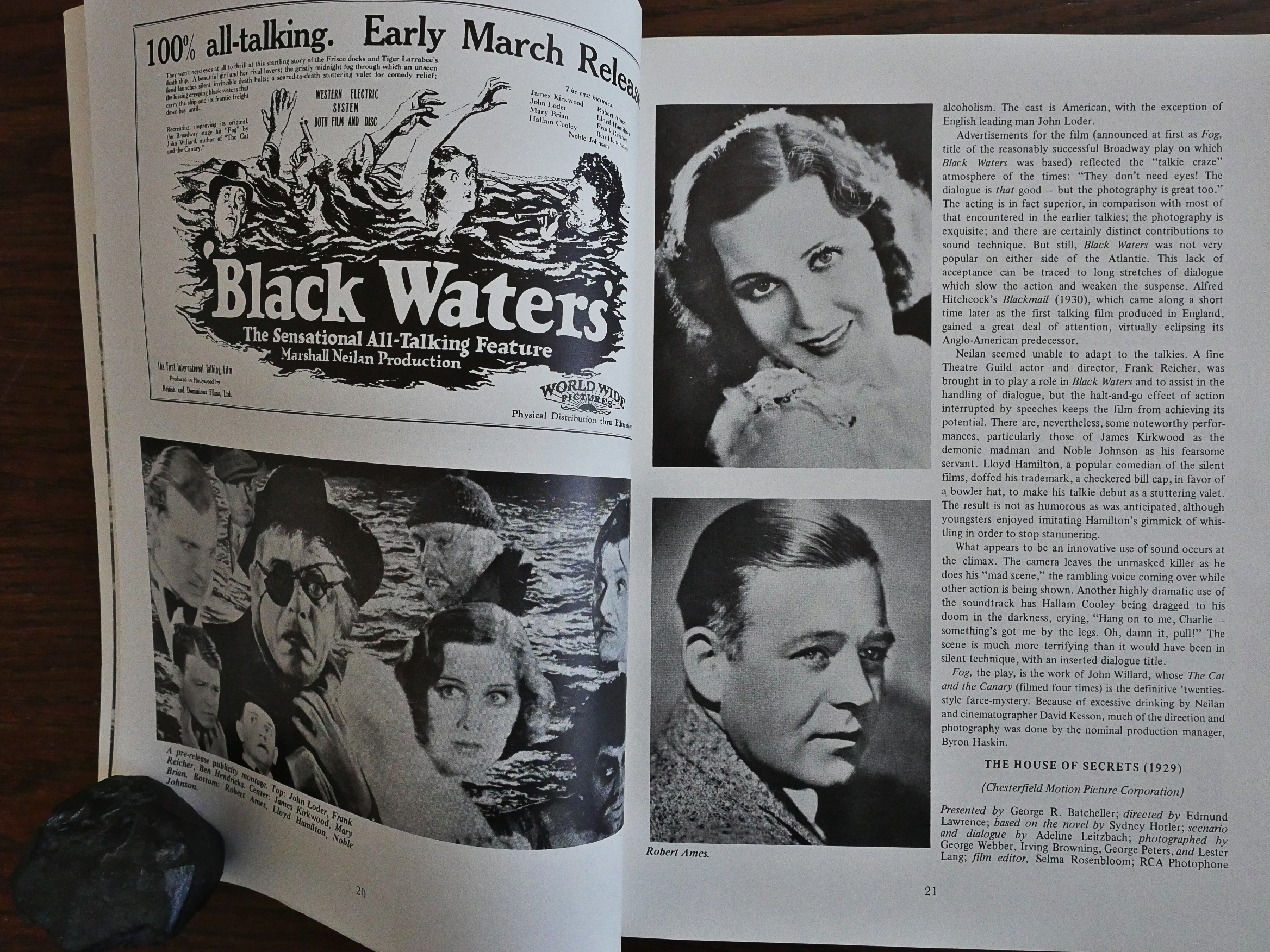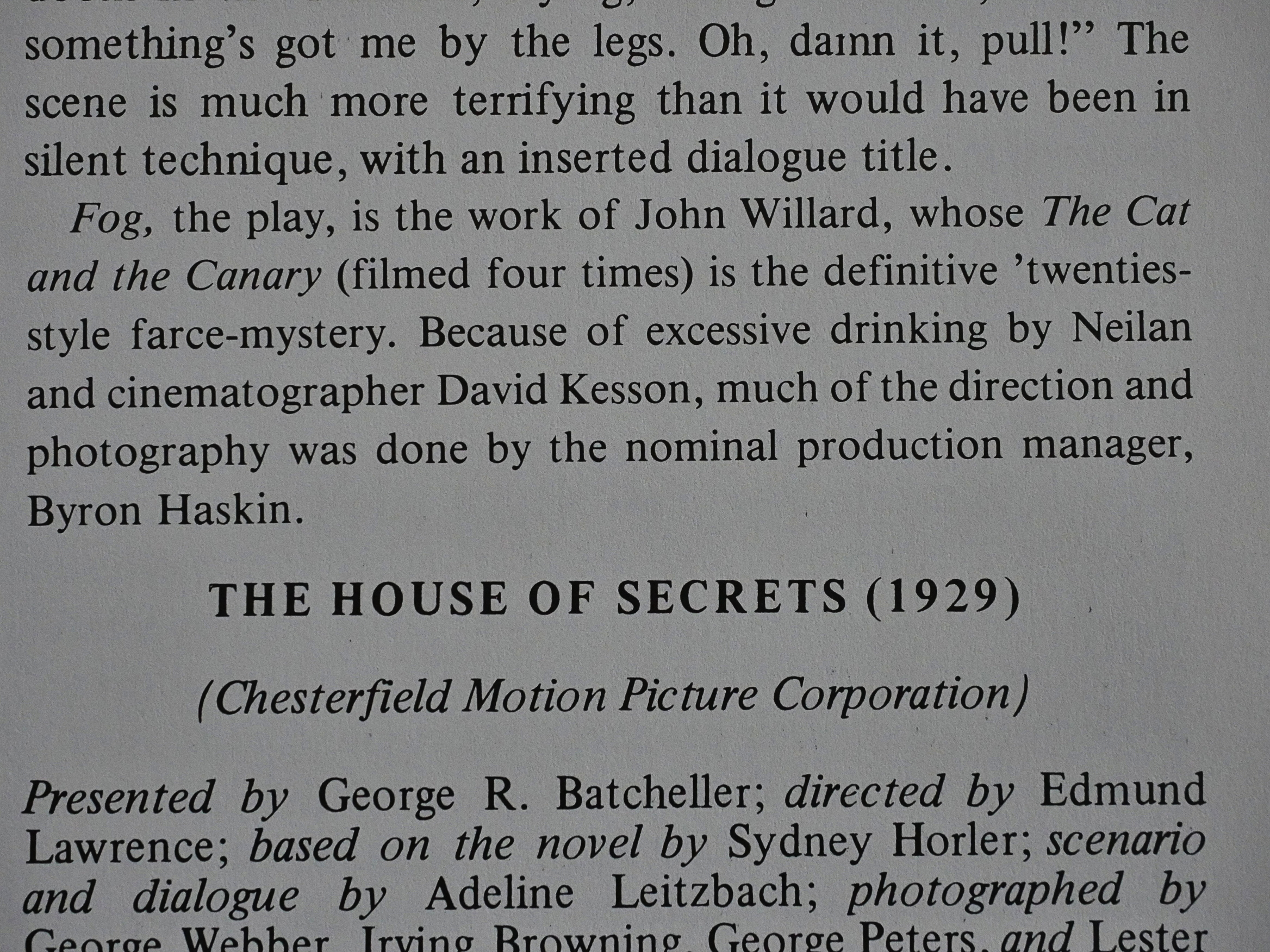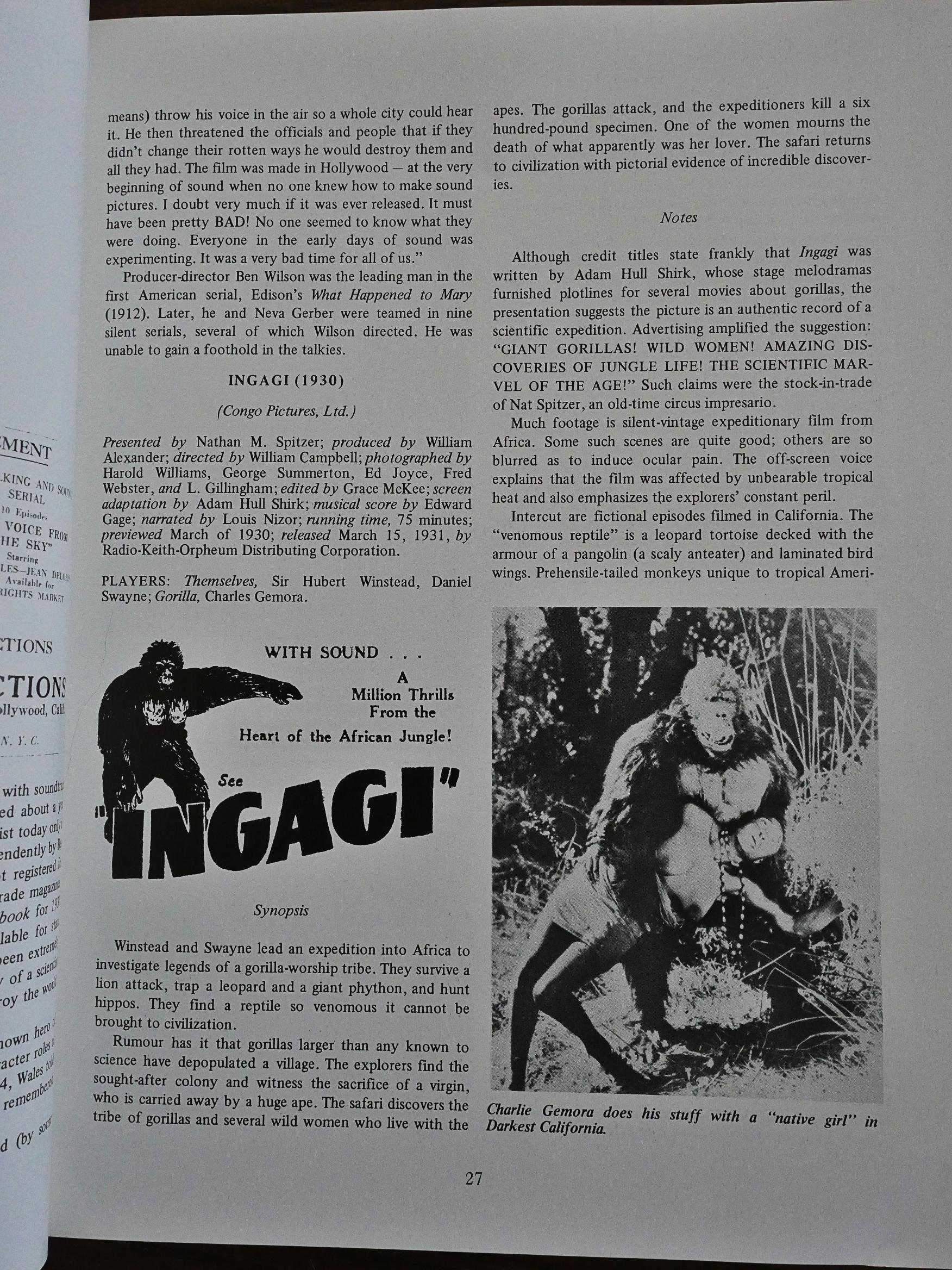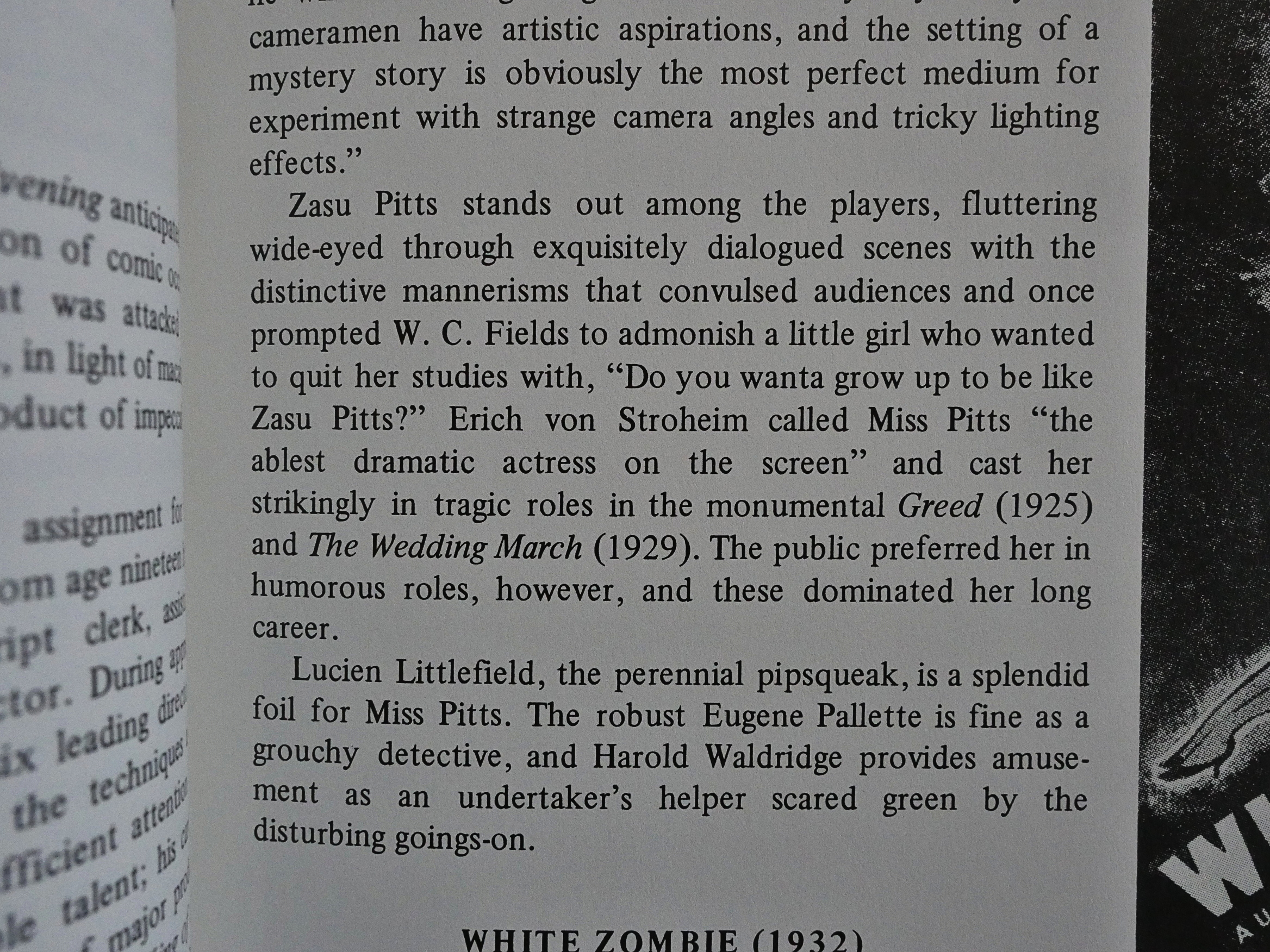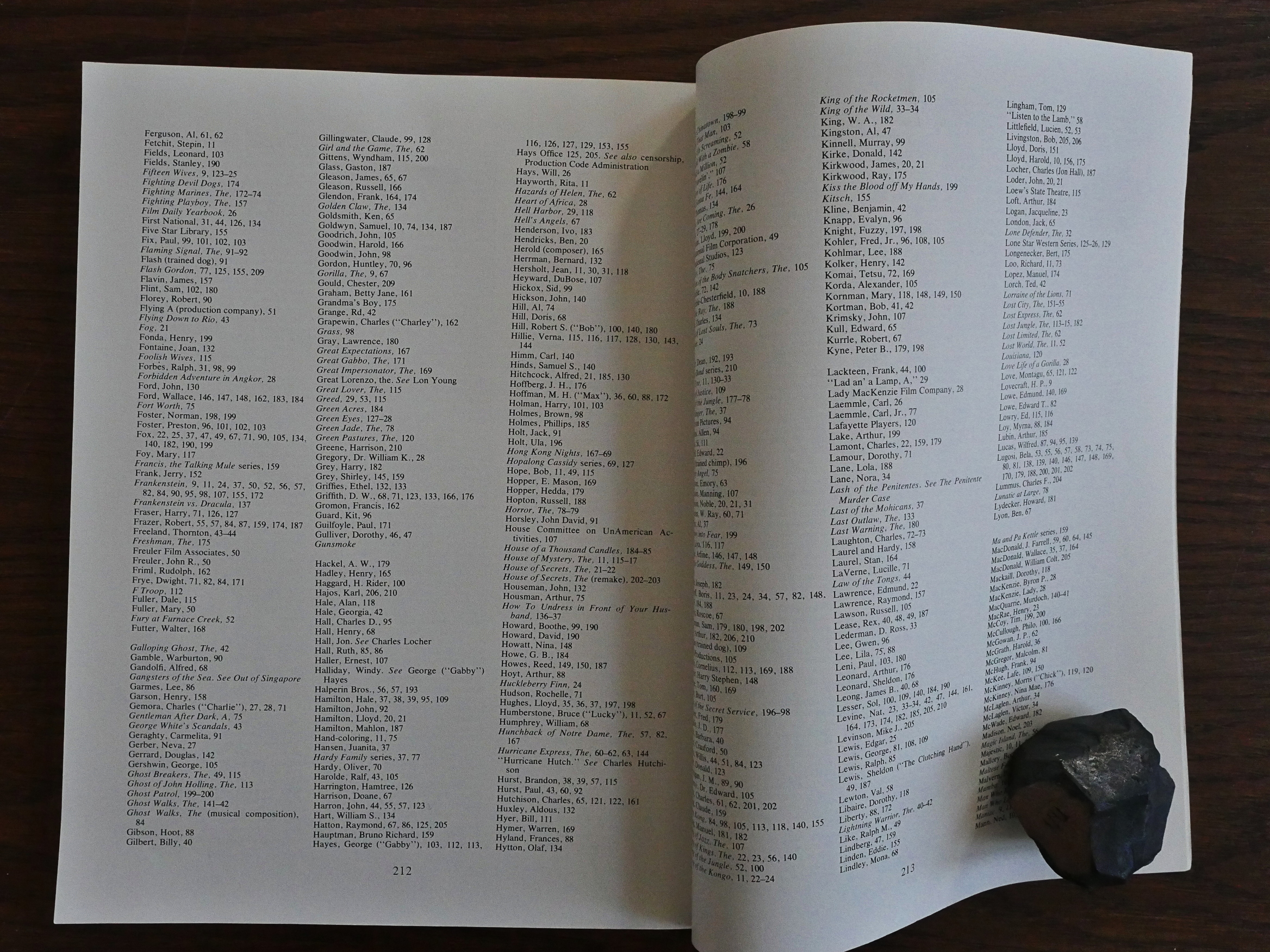Forgotten Horrors (1986) #1 by George E. Turner and Michael H. Price.
1986!? Yes, 1986. For somebody with my level of CDO, it pains me to blog about these Eclipse artefact out of order. As I’m currently doing 1991, this is a detour to the past, but my initial methodology to identify all Eclipse publications was to use the comics.org web site. I didn’t realise that it only lists comics, and not the rest of the stuff Eclipse published or, indeed, that Eclipse had published much of anything else.
So as I’m discovering these books (by reading the On the Stands columns and the occasional back issue listing in the back of the Eclipse comics), I have to backfill.
I know, the pain and shame is all mine.
Anyway! This was originally published by A S Barnes and Co in 1979, but they went under soon afterwards and this book apparently never got a proper distribution at the time. So Eclipse reprinted it with revisions from the original authors.
The authors lay out the perhaps somewhat arbitrary scope of the book: It lists and discusses all “Poverty Row” talkie horror films. So it doesn’t include silent horror, nor horror films made by major studios, nor horror movies made after 1936. But I understand the need to set some limits to a project to be able to delve deeply into a subject. I admire the nerdiness of these limits. How could I not?
The introduction briefly touches upon racist character portrayals in these films, but claims that “[a]rt mys be viewed as a product of its time”, and presumably especially with “black actors” and “Oriental actors” (sic).
*sigh*
But perhaps we must view this book as a product of its time, right?
I’m not going to do a deep dive into this book in this blog post… mostly because I’ve only read a couple dozen pages, but here’s a typical entry for a film; Black Waters from 1929. First we get some production facts, and then a synopsis that may take up the better part of a page.
Then some production shots, snaps of the leading actors, the movie poster and some notes on the production. The synopsis can sometimes be very… detailed… and I have no interest in that really, so I concentrated on the notes, and they’re sometimes pretty interesting.
Like this one, where we learn that the production manager shot most of the film because the director and cinematographer were drinking excessively.
So it’s a kind of papery Wikipedia, but without all the [citation
missing] notes.
Does this kind of book exist any more, or does all this stuff just land on a blog somewhere? I guess there’s still coffee table books for people to rifle through, but this kind of repository of facts and anecdotes is mostly on the web these days, I think?
Well, that’s a picture to use as an illustration, I guess…
Hey, Zazu Pitts!
I think perhaps the main use case for a book like this, even back in those olden days of the nineteen-eighties, was to have something to read on the toilet, and it’s probably excellent for that. The writing is straightforward and uncomplicated and stuffed with titbits that you may or may not find fascinating.
There’s even an index! Well done.
Hey, I must be totally wrong about there not being a market for this kind of thing any more. It’s apparently gotten several new, expanded editions over the year, and an Amazon reviewer says (of the 2012 edition):
I have every version of this title released to date. This one is much different from the rest in that it’s in a format that’s about half the size of the previous issues , and twice as thick. The content hasn’t changed all that much.
It’s spawned an entire industry, so that shows how much I know.

